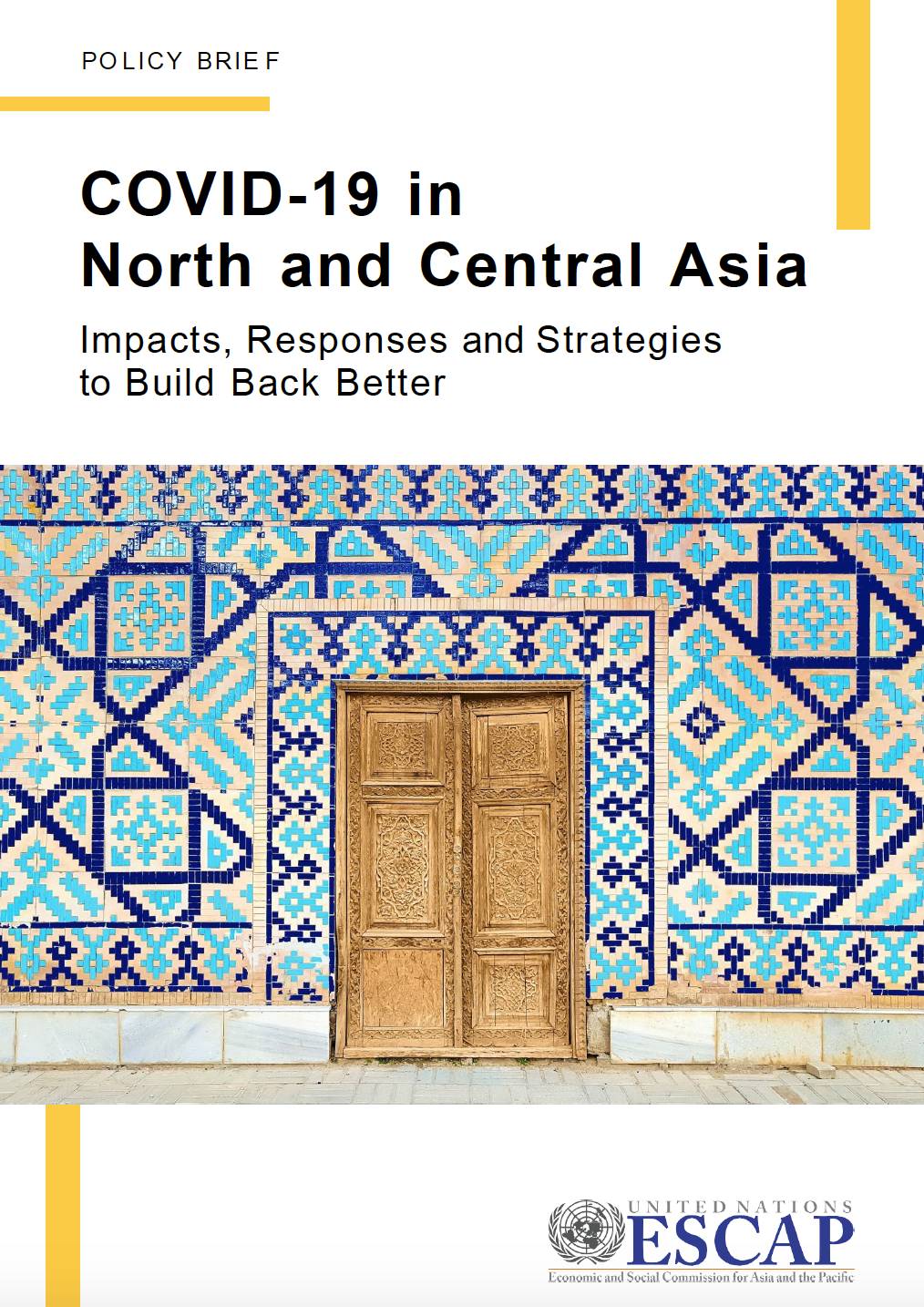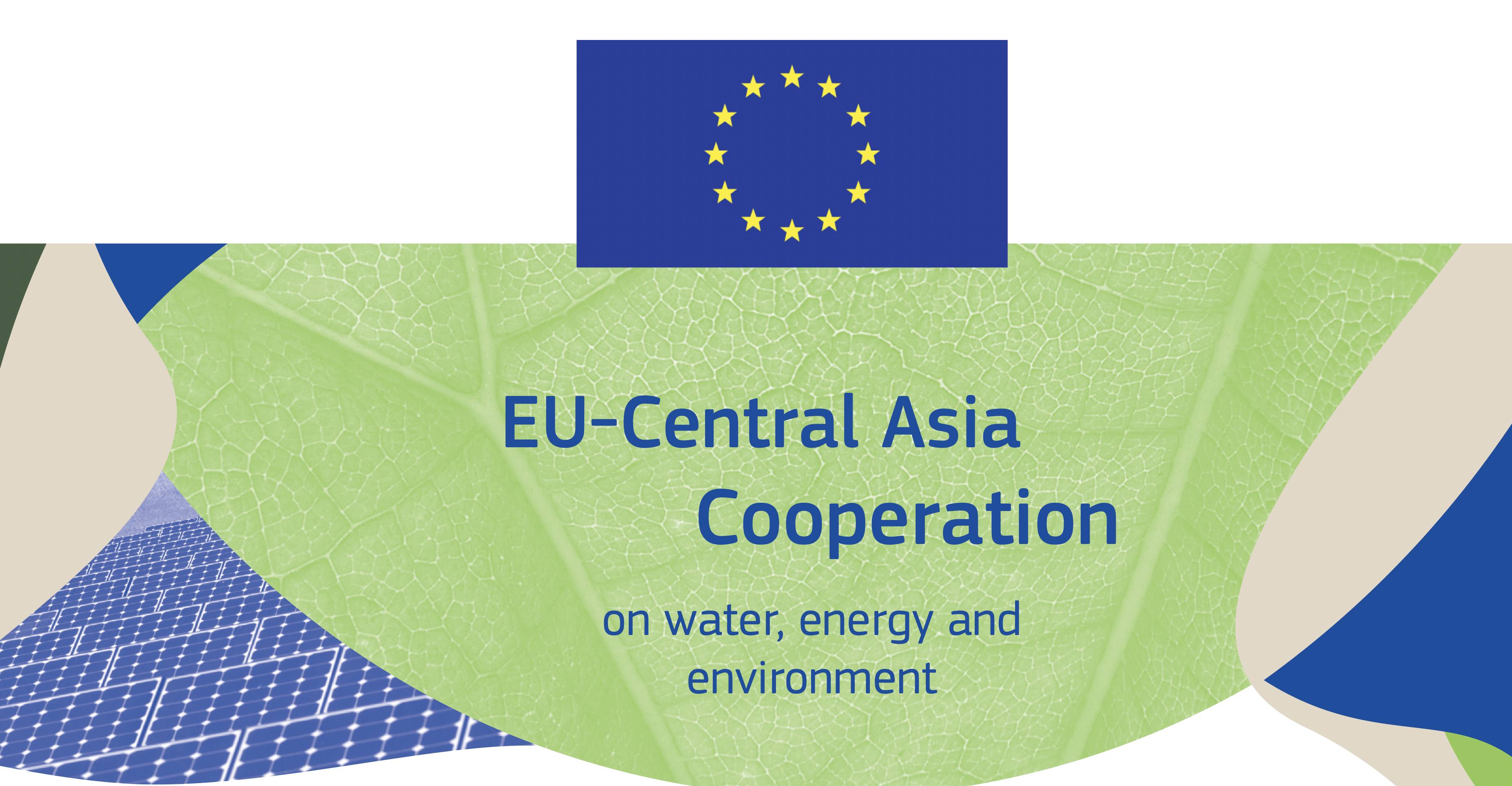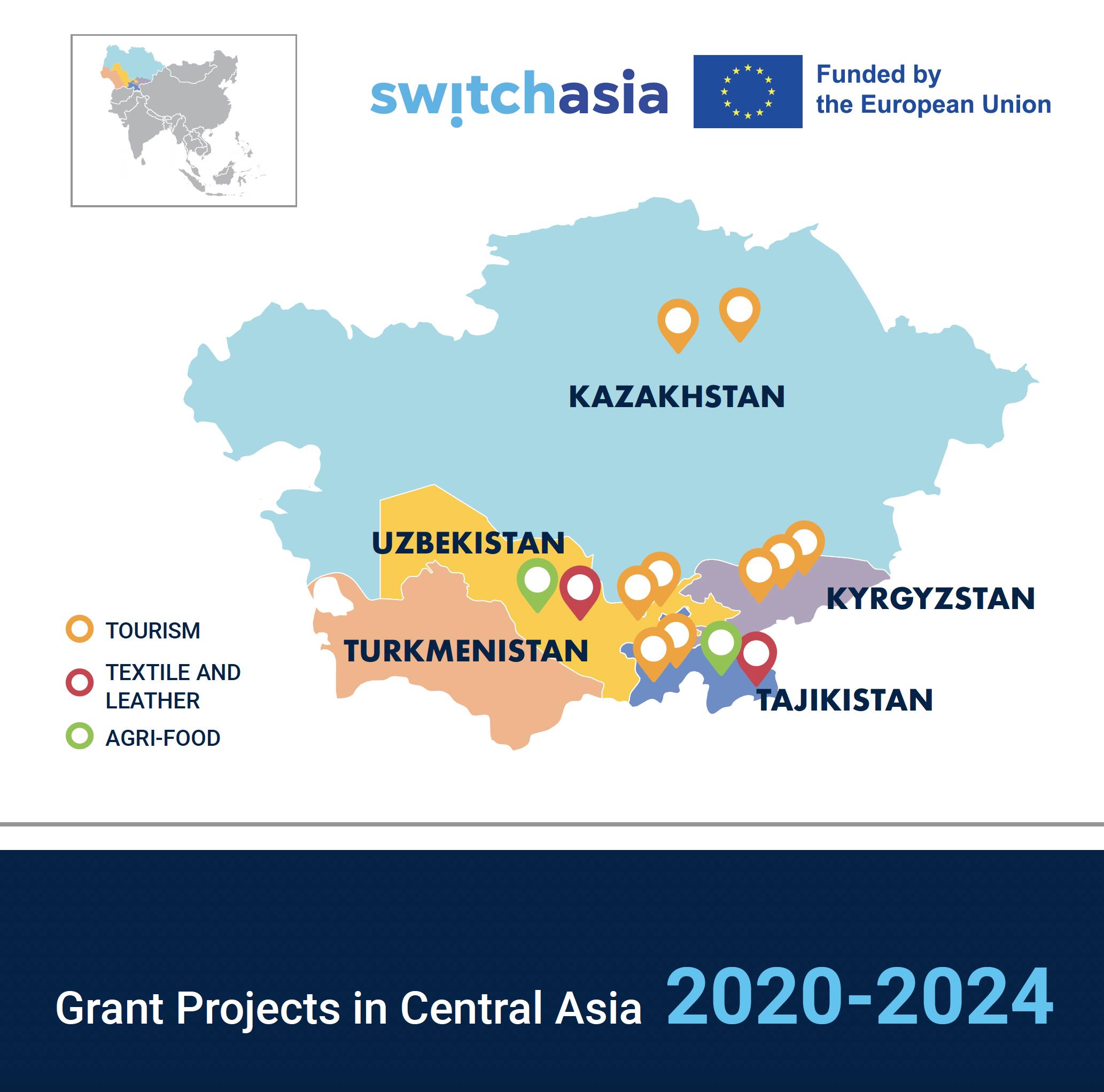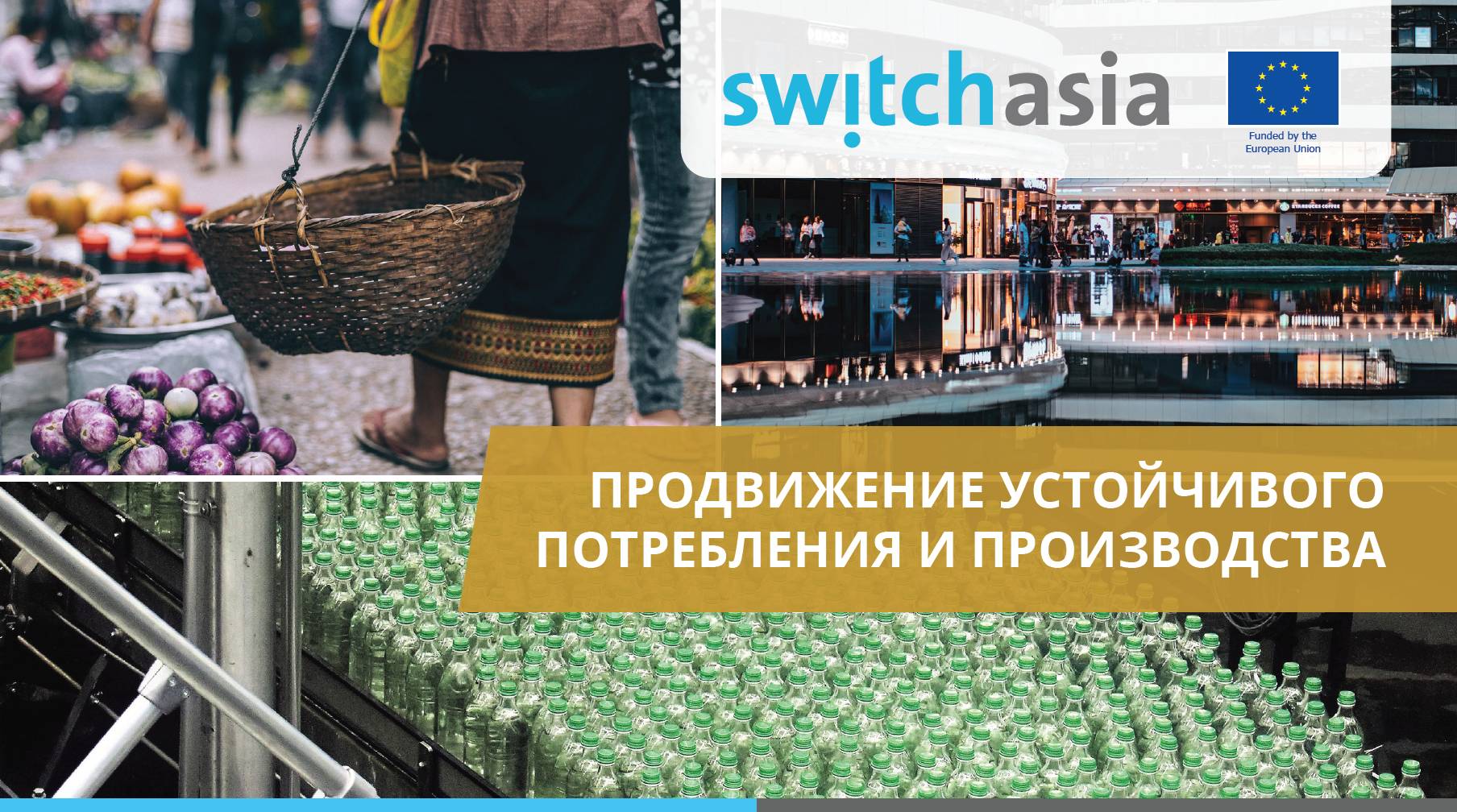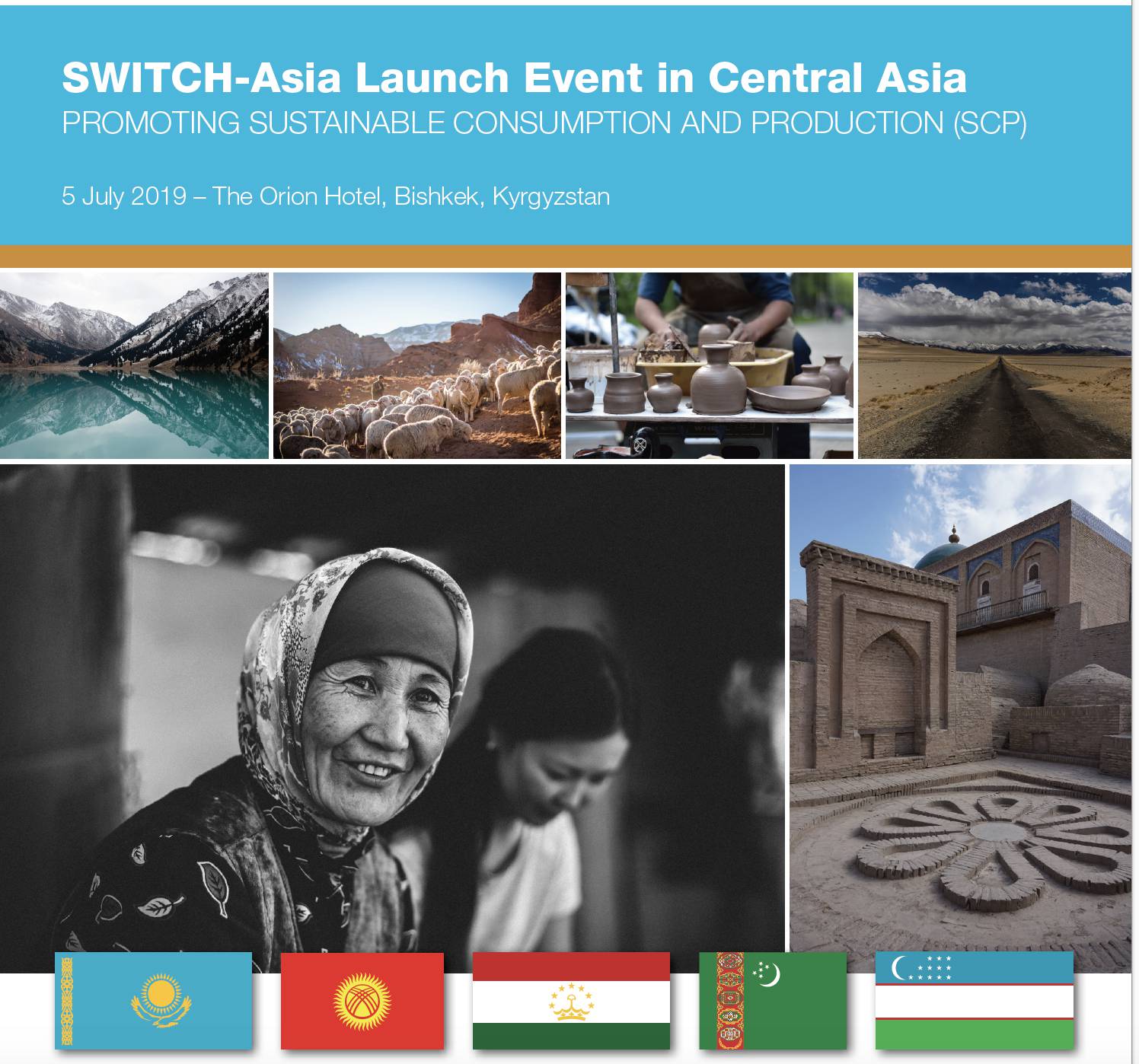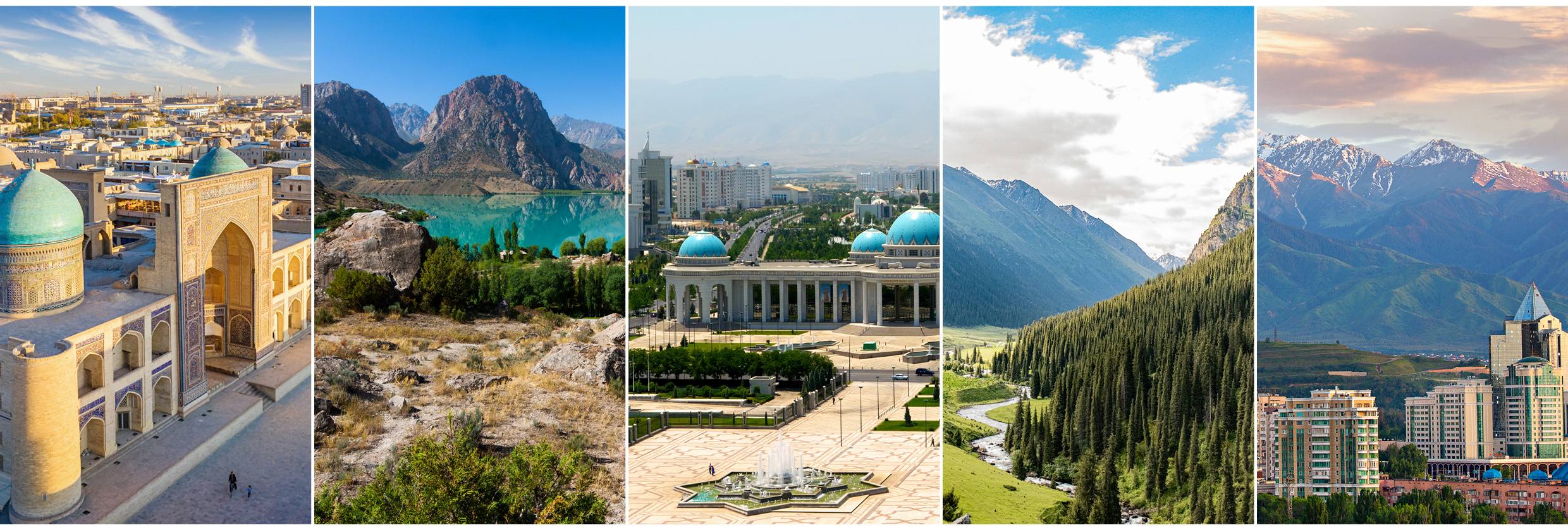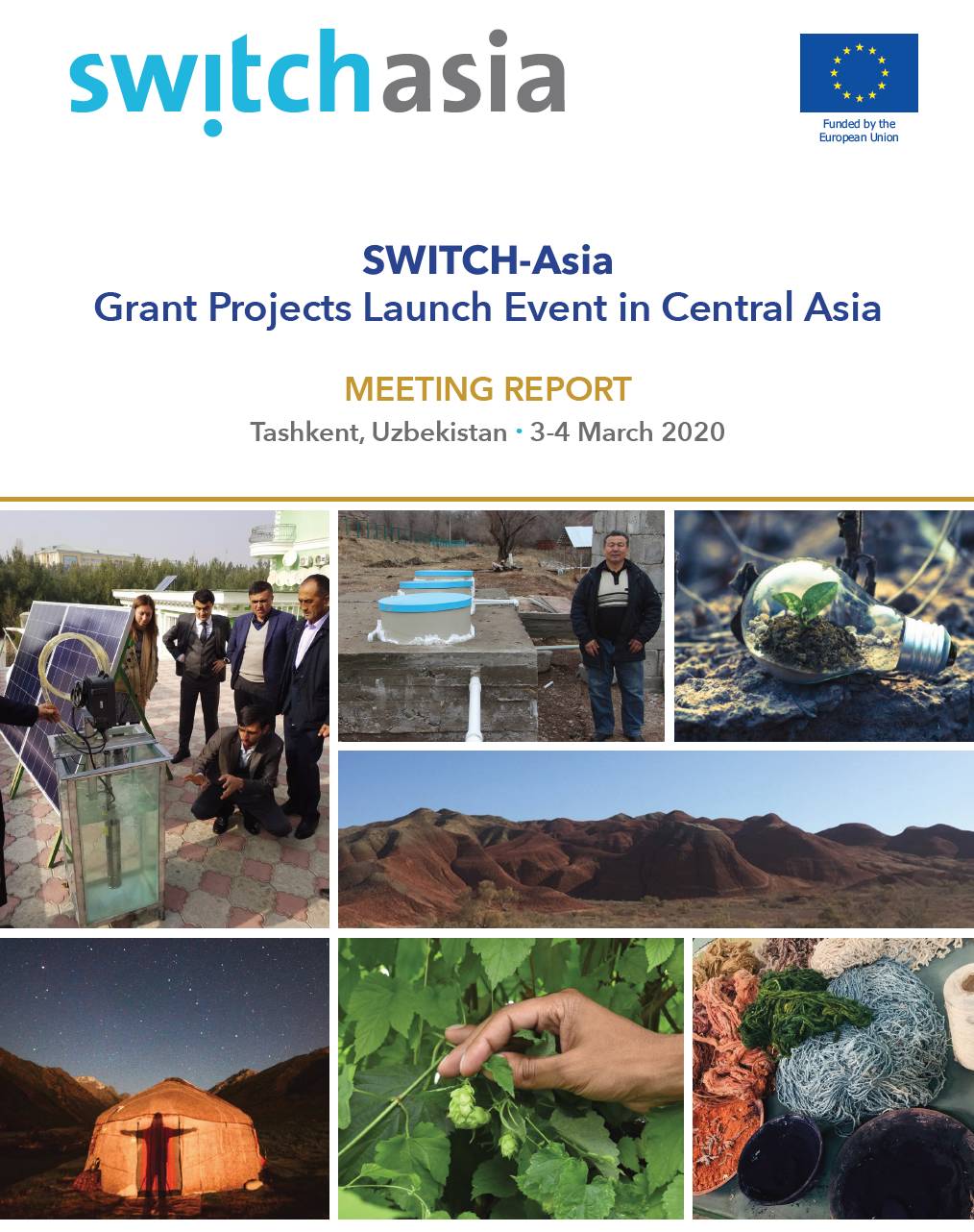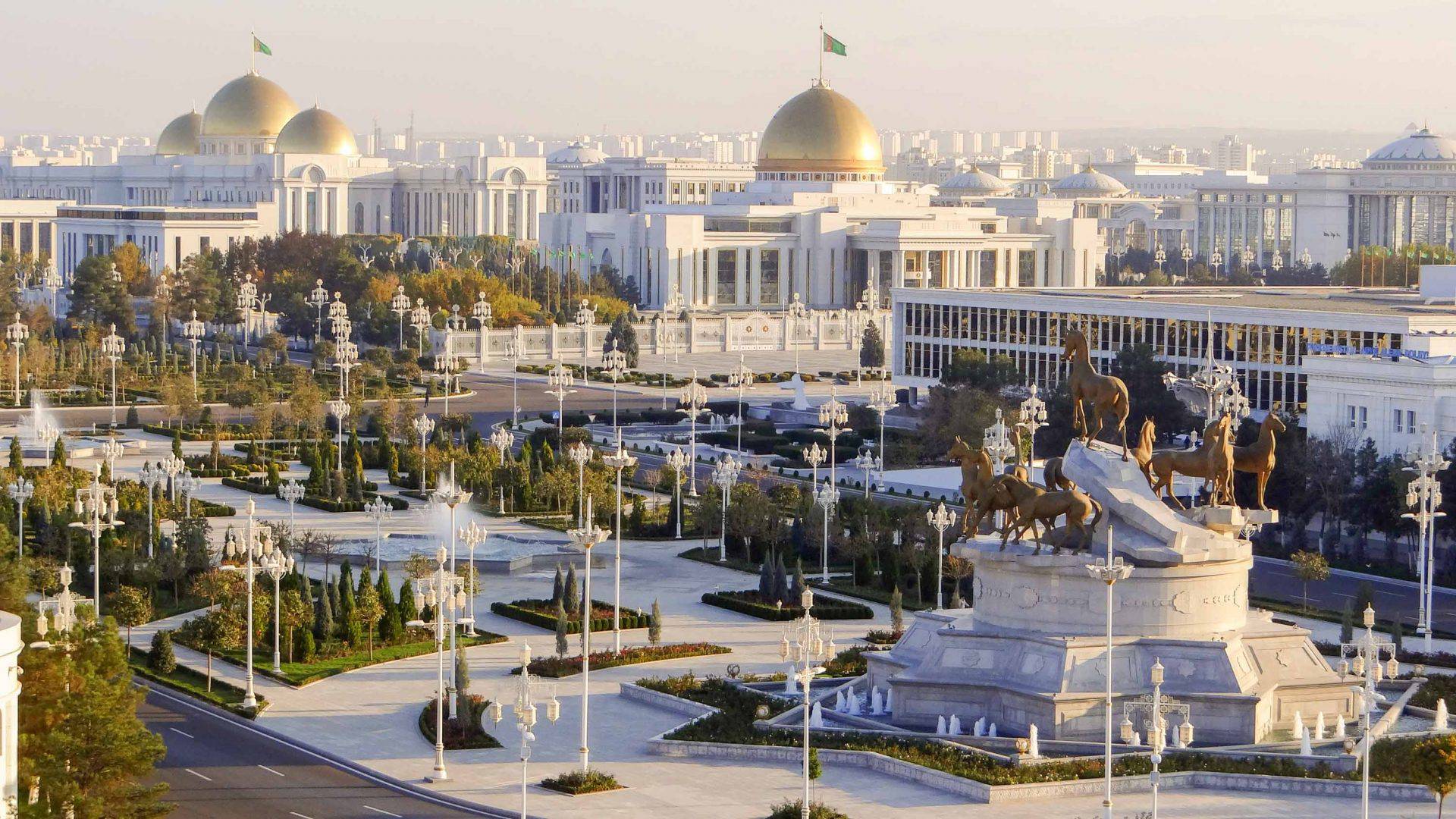
SCP Context
SCP policy: perspectives from SWITCH-Asia PSC
Turkmenistan is a land-locked, upper middle-income country, with abundant oil and gas deposits, including the world’s fourth-largest reserves of natural gas. However, most of the country is desert, and the sparse population is concentrated in a few urban areas. The main. In February 2022, Turkmenistan adopted its long-term 2022–2052 National Program of Socio-Economic Development and the medium-term 2022–2028 Presidential Program to implement the longer-term program. The new plans include support to private sector development and accession to the World Trade Organization. The long-term development strategy increases the focus on digitalization, food security, green economy, human capital, free zones, and social safety nets. The National Program of Socio-Economic Development recognizes the importance of diversifying the economy to foster sustainable economic growth.
The 2021 Climate Change Strategy reflects the country’s ratification of the Paris Agreement. This strategy focuses on climate-friendly livelihoods in arid regions, energy efficiency and rational water use. Industrial projects in the mining, chemical, and metallurgical industries are being developed with support from the Government.
Connection to the Global Agenda
In 2022, Turkmenistan adopted a list of amended Sustainable Development Goal (SDG) indicators, consisting of 131 targets and 175 indicators. The country aims to achieve the targets by 2030. In 2023, Turkmenistan’s SDG ranking was 91 out of 166. The country’s overall SDG index score increased from 61.1 in 2021 to 68.5 in 2023, compared with the regional average of 71.8. The UN 2023 report on the SDGs emphasized the need for greater investment to improve social outcomes. While environmental SDGs were not the main focus of the report, it notes that ‘Current challenges, such as climate change and environmental degradation, lead to the need to review approaches to countries' industrial development. The issues of ensuring the environmental safety of industries and limiting emissions of harmful substances into the environment and atmosphere are of particular importance.’
A key solution to Climate Change
Turkmenistan is landlocked, with more than 70% of its land area covered by the Karakum desert. It has a semiarid climate and low precipitation levels. The country’s climate vulnerability stems mostly from drought and flooding of rivers and pluvial areas. Agriculture relies heavily on irrigation, and 90% of the country’s water comes from the Amu Darya, which makes Turkmenistan particularly susceptible to the adverse impact of drought.
The government recognizes the importance of climate action. The country has one of the highest greenhouse gas (GHG) emissions in the region because of its high reliance on fossil fuels. Turkmenistan has submitted its second Nationally Determined Contribution (NDC) under the Paris Agreement, in which the Central Asian country pledges to reduce its greenhouse gas (GHG) emissions by 20% by 2030, compared to 2010 levels under a BAU scenario. The NDC commitment to mitigation focuses on improving energy efficiency and conservation, promoting the sustainable use of natural gas and petroleum products, and increasing the use of alternative energy sources. The government has established the Inter-Sectoral Committee for Reducing Methane Emissions and joined the Global Methane Pledge[1].
Priority sectors
- The link between climate and material consumption is critical in Turkmenistan as it focuses to diversify its economy. Resource efficiency is also crucial in the context of gas exploitations.
- As Turkmenistan does not have Sustainable Consumption and Production or Circular Economy Policy or Plan, greater awareness is needed about SCP and CE
[1] COP28 (2023), Statement of the President of Turkmenistan, https://unfccc.int/sites/default/files/resource/TURKMENISTAN_cop28cmp18cma5_HLS_ENG.pdf


